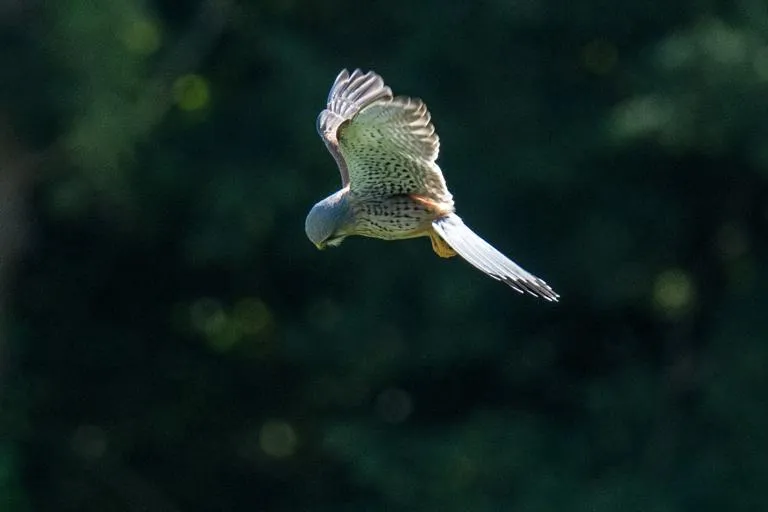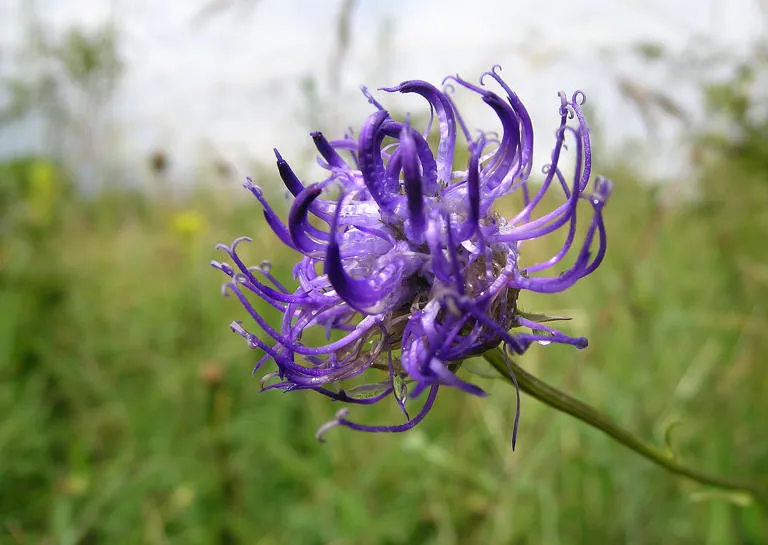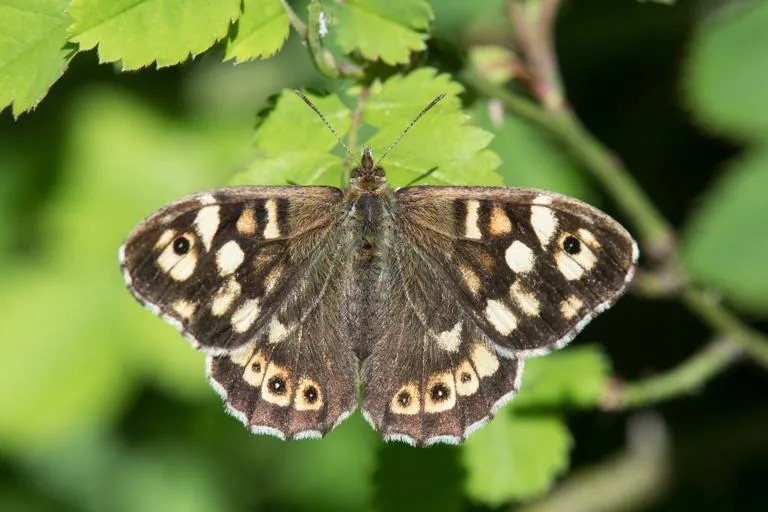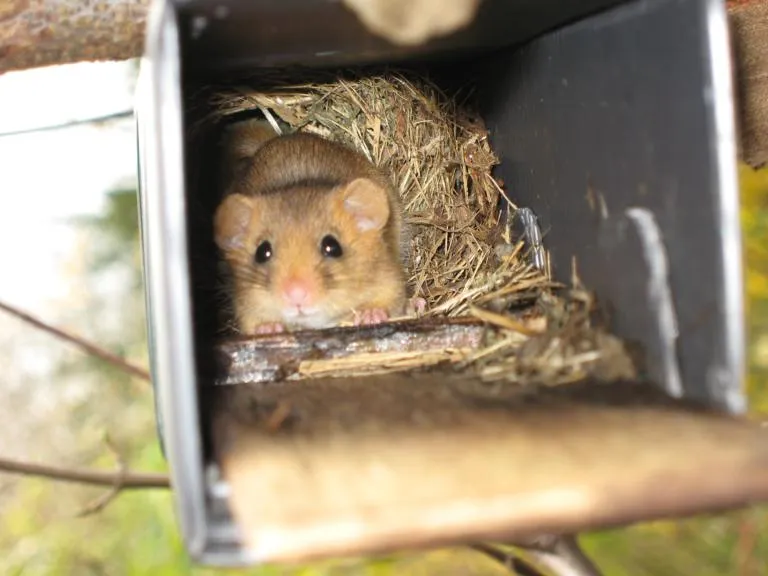Riddlesdown wildlife
Riddlesdown supports the single-most expansive piece of chalk scrub in Greater London alongside pockets of chalk grassland, ancient woodland, old hedgerows, limestone quarries and woodland. Formed by geology, past land use and history, the patchwork of habitats is a haven for wildlife and offers a glimpse of how the landscape would have looked a hundred years ago or more.
Best seen in spring and summer for resplendent wildflowers, butterflies and bird life, Riddlesdown is also well-known for its population of yew trees, spindle and nationally rare juniper - restricted in the south of England to only a handful of open chalk slopes.
Chalk grassland - Europe's tropical rainforest
Chalk grassland is one of Europe's rarest and simultaneously most species rich habitats; up to 40 species of flowering plants can be found within just one square metre of chalk grassland. It develops on thin, lime-rich chalky soils that are low in nutrients and free draining. Only specialist, and often uncommon, herbs and flowers can tolerate these conditions making this a haven for nature enthusiasts!
What to look out for
Some national rarities recorded include the greater yellow-rattle, early gentian, round-headed rampion and white mullien, while noteworthy and locally rare plants include common dropwort, round-leaved wintergreen, bee orchid, green-flowered helleborine and the aptly named stinking hellebore.
Other species include salad burnet, autumn gentian, cowslip, marjoram, field scabious, kidney vetch, rock rose and lady's bedstraw.
The ancient woodland contains bluebells, early dog-violet, wood anemone, yellow archangel and dog's mercury.
Riddlesdown is an important site for breeding birds, primarily whitethroat, spotted flycatcher, skylark and linnet, as well as sparrowhawk, kestrel, jackdaw, song thrush and woodcock. Most of the resident breeding bird population nest in woodlands, scrub or hedgerows,reinforcing the importance of a mosaic of habitat type.
Adult and juvenile peregrine falcons are regularly seen in and around the Quarry.
Since 1990, butterfly transects have identified 32 different species on Riddlesdown, including the chalkhill blue, a BAP priority species, marbled white, small blue, green hairstreak and speckled wood.
There are several bat species found including common pipistrelle, noctule, long-eared and daubenton's bat. The presence of mature trees alongside open pasture and standing dead wood provide good habitat elements for feeding and roosting.
The site is frequently visited by roe deer, fox and badger but one of the rarer mammals found here is the hazel dormouse - a BAP Priority species which hibernates in dense hazel stands and hedgerows.



